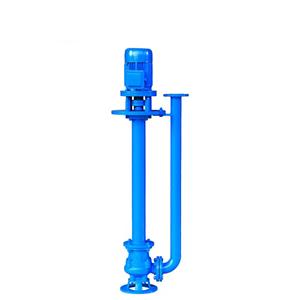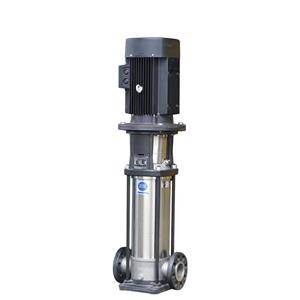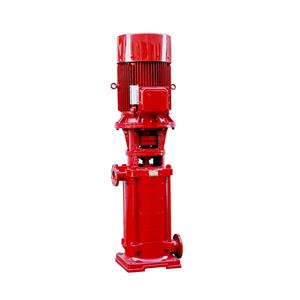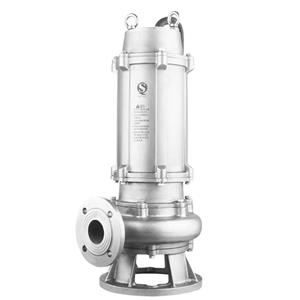How to Choose the Right Pump for Arid Regions
How to Choose the Right Pump for Arid Regions: Drought-Resistant Irrigation Solutions in the Sahel
The Sahel region, spanning parts of Africa from Senegal to Sudan, faces severe water scarcity due to erratic rainfall, prolonged droughts, and desertification. For farmers and communities reliant on agriculture, selecting the right irrigation pump is critical to combatting water shortages and ensuring food security. This article explores drought-resistant irrigation solutions, focusing on pump selection strategies tailored to the Sahel’s harsh conditions.
1. Understanding the Challenges of Arid Regions
The Sahel’s environment poses unique challenges for irrigation:
Limited Water Availability: Groundwater is often scarce, and surface water dries up quickly.
Extreme Temperatures: High heat accelerates equipment corrosion and evaporation.
Soil Degradation: Sandy or rocky soils require pumps that minimize water waste.
Energy Access: Many areas lack electricity or stable fuel supplies.
Key Requirement: Pumps must be durable, energy-efficient, and capable of operating in low-water-pressure environments.
2. Types of Pumps for Drought-Prone Areas
A. Solar-Powered Water Pumps
Why They Work:
Solar energy is abundant in the Sahel, even in cloudy conditions.
No fuel costs or grid dependency.
Best For: Small to medium farms, drip irrigation systems, and community projects.
Recommended Models:
Submersible Solar Pumps: Ideal for wells or boreholes (e.g., Grundfos SQFlex).
Surface Solar Pumps: Suitable for shallow wells or surface water.
B. Double-Suction Centrifugal Pumps
Advantages:
Handle high flow rates with low energy consumption.
Robust design resists sand and debris.
Applications: Large-scale irrigation for crops like millet or sorghum.
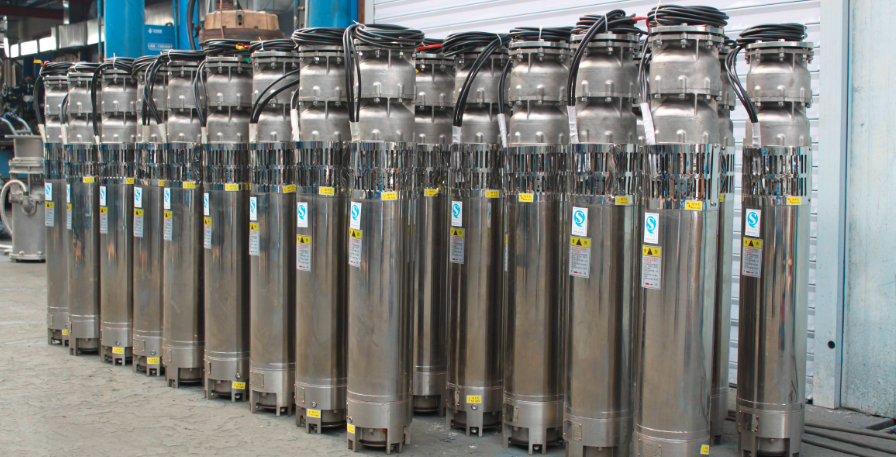
C. Manual or Pedal Pumps
Cost-Effective Solutions:
Require no fuel or electricity.
Portable and easy to maintain.
Limitations: Labor-intensive and low flow rates.
D. Borehole Submersible Pumps
Use Case: Extracting groundwater from depths of 50–200 meters.
Materials: Stainless steel or corrosion-resistant coatings to withstand harsh conditions.
3. Key Factors to Consider
A. Water Source
Surface Water (Rivers/Lakes): Use surface pumps with filters to block debris.
Groundwater (Wells/Boreholes): Submersible pumps with high-pressure capabilities.
B. Flow Rate and Head Pressure
Calculate required flow rate (m³/h) based on crop water needs.
Match pump head to the vertical distance from the water source to the field.
C. Energy Availability
Solar Pumps: Best for off-grid areas.
Diesel Pumps: Use only if fuel is consistently available.
D. Durability
Opt for stainless steel, fiberglass, or coated cast iron to resist corrosion.
Look for IP68 ratings for waterproofing and dust resistance.
4. Case Study: Solar-Powered Irrigation in Niger
Challenge: Farmers in Tillabéri faced crop failure due to unpredictable rains.
Solution: Installation of solar submersible pumps for groundwater irrigation.
Outcome:
300% increase in sorghum yields.
70% reduction in water fetching time for women.
5. Maintenance Tips for Longevity
Clean solar panels weekly to maintain efficiency.
Lubricate moving parts (e.g., pistons, valves) monthly.
Replace filters regularly to prevent clogging from sand.
6. Cost Comparison
| Pump Type | Initial Cost | Monthly Costs | Lifespan |
|---|---|---|---|
| Solar Submersible | 1,000–3,000 | Low (maintenance) | 10–15 years |
| Diesel Pump | 800–2,000 | High (fuel) | 5–8 years |
| Manual Pump | 50–200 | None | 3–5 years |
7. Recommendations for Sahelian Farmers
Adopt Hybrid Systems: Combine solar pumps with rainwater harvesting for year-round water supply.
Leverage Community Projects: Group funding for shared solar pumps reduces individual costs.
Engage Local NGOs: Organizations like WaterAid or UNICEF often subsidize drought-resistant pumps.
Conclusion
Choosing the right pump for the Sahel requires balancing durability, energy efficiency, and local needs. Solar-powered systems offer the most sustainable solution, while submersible pumps are ideal for groundwater extraction. By prioritizing low-maintenance designs and community-driven initiatives, farmers can build resilience against drought and secure their livelihoods.
Keywords
Drought-resistant irrigation solutions Sahel
Solar-powered water pumps for arid regions
Best pumps for drought-prone areas Africa
How to choose irrigation pumps for dry climates
Sustainable agriculture in the Sahel
Borehole pumps for groundwater extraction
Cost-effective irrigation pumps Malawi Niger
Solar vs diesel pumps comparison
Manual pumps for small-scale farming
Climate-resilient agricultural tools

